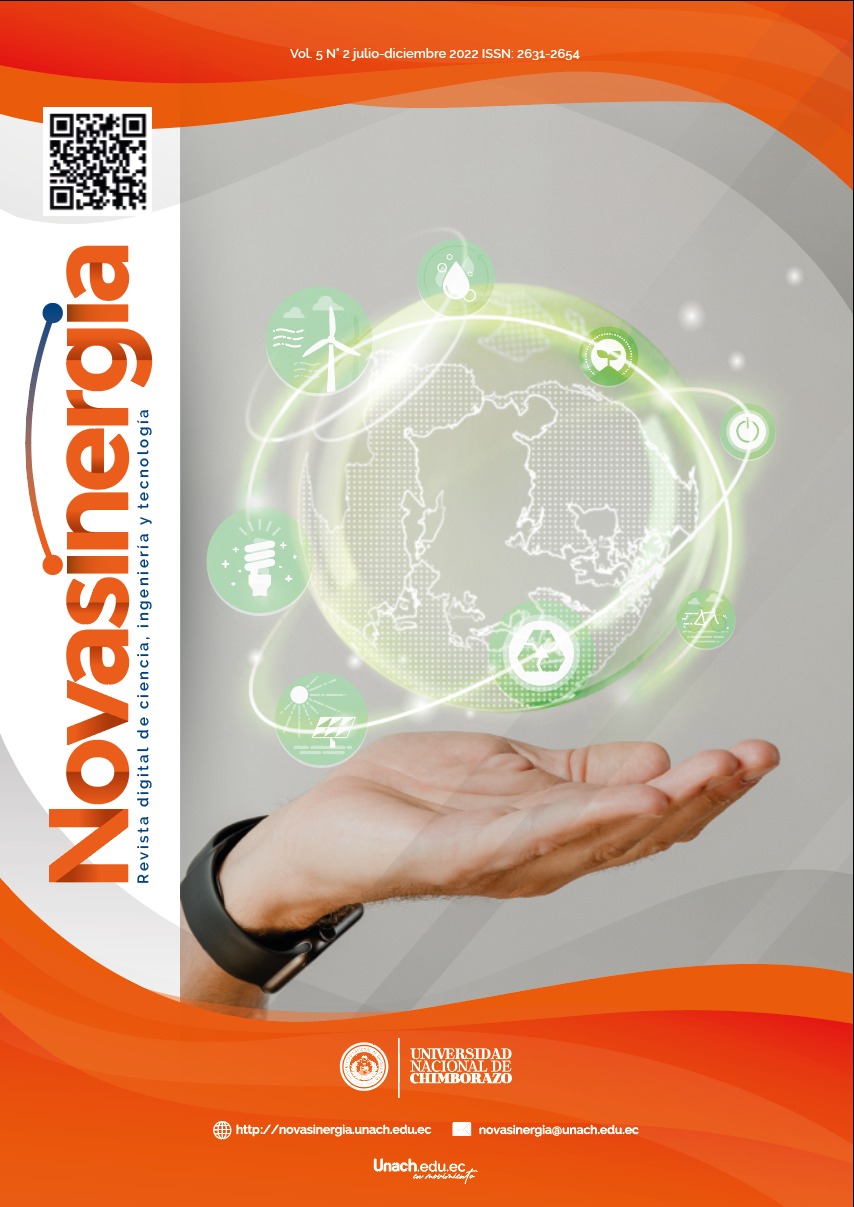Operational Processes Optimization through the theory of constraints in a metal-mechanical company
DOI:
https://doi.org/10.37135/ns.01.10.03Keywords:
Integer linear programming (ILP), operational processes, optimization, theory of constraints (TOC), wood processing machinesAbstract
This work aimed to optimize the operating processes through the Theory of Constraints (TOC) in a metal-mechanical company dedicated to manufacturing wood processing machines. The seven machines with permanent demand and all the operating processes were considered part of the sample. A process time and the available resources were evaluated, to quantify the utilization of the work centers. We indetified restrictions in the cutting and turning processes, with utilization percentages that prevented covering the average monthly demand. Based on the constraints and integer linear programming (ELP), the results show that the maximized production volume did not meet the average monthly demand. Therefore, the cutting process was technified, and the operators were redistributed, thus eliminating the restrictions. However, to optimize production according to the available resources, PLE was again applied. In this way, we optimized production covering the capacity required by the demand and increasing the gross profit by 12.91%.
Downloads
References
Abisambra-Lemus, A. J., & Mantilla-Cuadros, L. A. (2014). Aplicación de la teoría de restricciones (TOC) a los procesos de producción de la planta de fundición de Imusa. Revista Soluciones de Postgrado EIA, (2), 121-133. Recuperado de: https://repository.eia.edu.co/bitstream/handle/11190/635/RSO00019.pdf?sequence=1
Altumi, A., & AL-yaseer, A. (2016). The Conventional, the Theory of Constraints, and the Linear Programming: Three Approaches to the Optimum Production Mix: A Comparative Study - ProQuest. International Journal of Computer Engineering and Information Technology, 8(7), 125-140. Recuperado de: https://www.proquest.com/openview/8700da7273f29047d1f29cba711a48bc/1?pq-origsite=gscholar&cbl=2044551
Bermúdez, Y. (2011). Aplicaciones de programación lineal, entera y mixta. Ingeniería Industrial. Actualidad y Nuevas Tendencias, II(7), 85-104. Recuperado de: http://servicio.bc.uc.edu.ve/ingenieria/revista/Inge-Industrial/volII-n7/art6.pdf
Chapin, N. (1970). Flowcharting With the ANSI Standard: A Tutorial. Computing Surveys, 2(2), 119-146. Recuperado de: https://dl.acm.org/doi/pdf/10.1145/356566.356570
Cortabarría, L. A., Martínez, S. J., & Mendoza, O. H. (2016). Diseño, implementación y análisis de una metodología para aplicar TOC a empresas metalmecánicas con restricciones físicas internas – caso de aplicación: Colombia. Revista Espacios, 37(31), 1-30. Recuperado de: https://www.revistaespacios.com/a16v37n31/16373130.html
Guédez, C. (2011). Programación Lineal e Ingeniería Industrial: Una aproximación al Estado del Arte. Ingeniería Industrial. Actualidad y Nuevas Tendencias, II(6), 61-78. Recuperado de: http://servicio.bc.uc.edu.ve/ingenieria/revista/Inge-Industrial/VolII-n6/art4.pdf
Herrera-Vidal, G., Campo-Juvinao, J., Bernal-Hernandez, J., & Tilves, R. (2018). Modelo de teoría de restricciones con consideraciones de optimización y simulación–Un caso de estudio. Revista Espacios, 39(3), 1-18. Recuperado de: https://www.revistaespacios.com/a18v39n03/a18v39n03p10.pdf
Ikeziri, L., Souza, F., Gupta, M., & De Camargo, P. (2018). Theory of constraints: Review and bibliometric analysis. International Journal of Production Research, 57, 1-35. https://doi.org/10.1080/00207543.2018.1518602
Indrasan, Y. S., Rajput, V., & Chaware, K. (2018). ABC analysis: A literature review. Journal For Advanced Research In Applied Sciences, 5(5), 134-137. Recuperado de: http://www.iaetsdjaras.org/gallery/14-may-741.pdf
Janosz, M. (2018). The theory of constraints as a method of results optimization in complex organization. Archives of Foundry Engineering, 18(4), 59-64. https://doi.org/10.24425/afe.2018.125169
Kumar, D. N., Siddiqui, M. T., & Suhail, M. (2020). Theory of Constraints: A Review on its Evolution and Adoption. The International Journal of Analytical and Experimental Modal Analysis, 12(9), 954-969. Recuperado de: http://www.ijaema.com/gallery/112-ijaema-september-4587.pdf
Melendez, J. R., Zoghbe, Y. A., Malvacias, A. M., Almeida, G. A., & Layana, J. (2018). Theory of Constraints: A systematic review from the management context. Revista Espacios, 39(48), 1-14. Recuperado de: http://www.revistaespacios.com/a18v39n48/18394801.html
Méndez, G., & López, E. (2013). Metodología para el pronóstico de la demanda en ambientes multiproducto y de alta variabilidad. Tecnura, 18(40), 89-102. Recuperado de: http://www.scielo.org.co/pdf/tecn/v18n40/v18n40a08.pdf
Niebel, B. W., & Freivalds, A. (2014). Niebel’s methods, standards, and work design (Thirteenth edition). New York, NY: McGraw-Hill. ISBN: 978-0-07-337636-3
Pacheco, D., Antunes Junior, J. A. V., & de Matos, C. A. (2021). The constraints of theory: What is the impact of the Theory of Constraints on Operations Strategy? International Journal of Production Economics, 235, 1-69. https://doi.org/10.1016/j.ijpe.2020.107955
Romero, J., Ortiz, V., & Caicedo, Á. (2019). La teoría de restricciones y la optimización como herramientas gerenciales para la programación de la producción. Una aplicación en la industria de muebles. Revista de Métodos Cuantitativos para la economía y la empresa, (27), 74-90. Recuperado de: www.upo.es/revistas/index.php/RevMetCuant/article/view/2964
Sari, R. M., Syahputri, K., Rizkya, I., & Siboro, N. (2019). Optimization in Critical Work Center Using Theory of Constraints. 648(1), 1-6. https://doi.org/10.1088/1757-899X/648/1/012017
Trojanowska, J., & Dostatni, E. (2017). Application of the Theory of Constraints for Project Management. Management and Production Engineering Review, 8(3), 87-95. https://doi.org/10.1515/mper-2017-0031
Tsai, W.-H., Lai, C.-W., & Chang, J. C. (2007). An algorithm for optimizing joint products decision based on the Theory of Constraints. International Journal of Production Research, 45(15), 3421-3437. https://doi.org/10.1080/00207540600891382
Xia, Y. (2013). Analysis of Machinery Manufacture and Production from the Metal Mechanics Perspective. Advanced Materials Research, 818, 193-196. https://doi.org/10.4028/www.scientific.net/AMR.818.193







